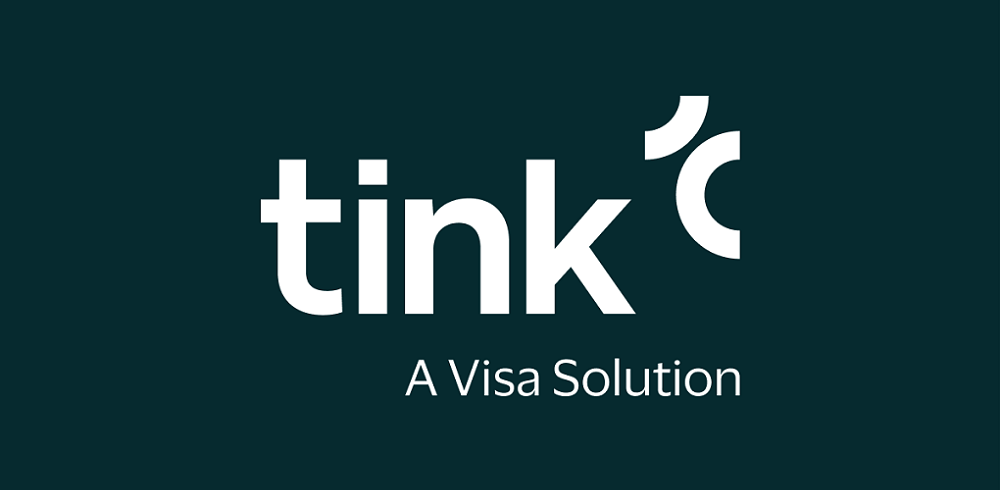
Tink is launching Risk Signals across Europe, initially in Germany, with one of the world’s largest PSPs, Adyen, already using the service. On average, Risk Signals takes just one week to fully implement for Tink customers. There is no integration needed from the customer. The product feature is simply configured by Tink as a service and then active, making it extremely easy to onboard customers.
Tink, the market leader in open banking, has launched ‘Risk Signals’ – a rules-based risk engine that unlocks instant payment experiences across Europe, while minimising risk.
In some European markets, bank transfers can take up to three days to settle depending on the scheme, with a chance that the funds never arrive. Consumers don’t want to wait for their order to be confirmed, to access a service, or for their account to be funded. This leaves businesses in a bind. Offer an instant experience and absorb the risk, or hold off until the payment is settled and potentially lose the customer.
„The arrival of Tink’s Risk Signals means businesses no longer need to compromise between a quick checkout and reducing risk. This newly launched product feature allows transactions to be assessed in seconds while the payer progresses through the payment, adding minimal friction to the user experience.” the company explains.
Risk Signals uses account, balance and transaction data shared under a valid consent by the payer to make more accurate risk decisions to minimise fraud. These risk checks occur seamlessly in the background at checkout. „Based on Tink’s pan-European bank connectivity, Risk Signals enables a secure, fast and high-converting payment method, particularly in markets without real-time settlements.” accordint to the press release.
Risk Signals consists of a suite of risk checks which Tink can customise per bank and market. This includes:
. Live balances: Verify a user’s ability to pay with real-time balance information including overdraft, credit lines, and pre-booked orders.
. Transaction history: Assess fraud risk based on recent transactions, and previous non-settled payments.
. Velocity checks: Flag suspicious transaction activity.
Dirk Jan Meijers, Payment Partnerships Lead Europe at Adyen commented: „With Risk Signals, Tink is enhancing the open banking payment landscape, particularly in important markets like Germany. By leveraging the real-time risk analysis during payment processes, Adyen can offer a payment option that not only ensures security and reliability but also aligns perfectly with both merchants’ and shoppers’ expectations.”
Tom Pope, SVP of Payments and Platforms at Tink added: “Risk Signals is an ideal fit for businesses looking to offer a secure and fast payment method especially in markets without real-time settlement – like Germany. With Tink’s Risk Signals, you no longer need to compromise between a fast checkout and reducing risk. Already in use by PSPs like Adyen, Risk Signals uses account, balance, and transaction data shared under valid consent by the payer to prevent fraud which simultaneously contributes to providing a brilliant experience for both merchants and consumers.”
Banking 4.0 – „how was the experience for you”
„To be honest I think that Sinaia, your conference, is much better then Davos.”
Many more interesting quotes in the video below: